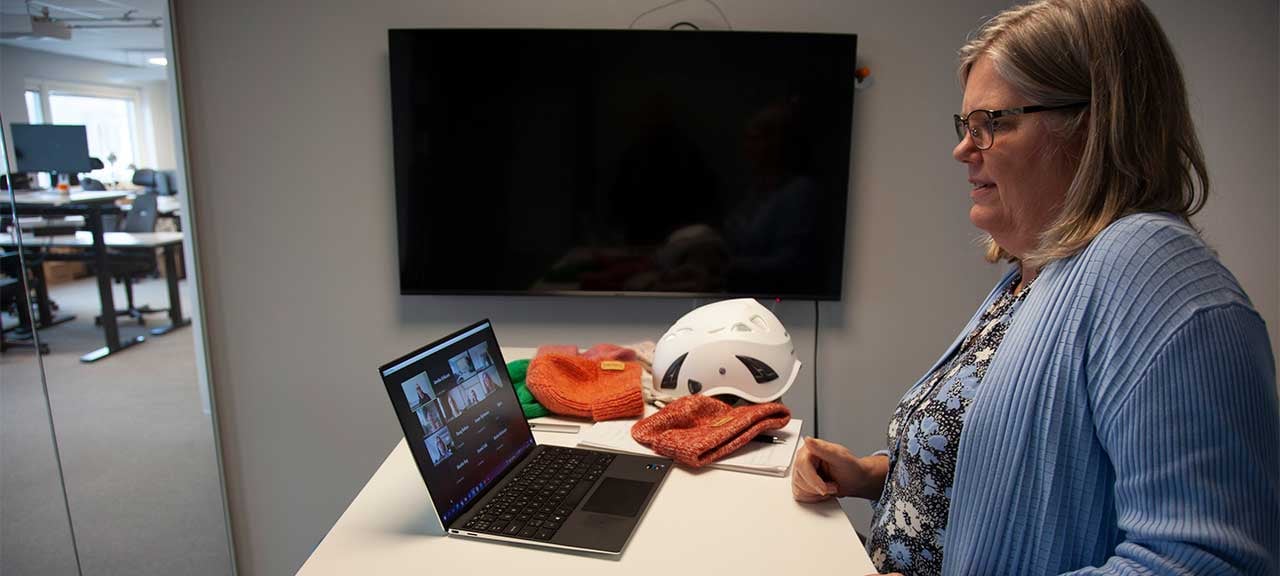
Doug has been a Content Producer at Zooma since 2021. Originally English, he now lives in Sweden.
Keep me updated!
Subscribe
By Doug Bolton

Webinars can be a fantastic addition to your content arsenal — if you use them correctly. A good webinar can significantly boost your reputation and even drive business, while a bad one will do nothing more than waste the precious time of your attendees. For this reason, many companies hesitate to give them a try. In this article, I'll give you my main tips to make your company's first webinar as stress-free and smooth as possible.
Have you ever been sat in a long, rambling meeting and thought, "this could have been an email"? During the broadcast, the last thing you want your webinar viewers to think is, "this could have been an article."
When you think about it, you ask quite a lot when you invite a customer or a prospect to a webinar. You're expecting them to take a good chunk of time out of their day, at a fixed time, to watch a webinar that they don't have many details about. It would probably be much more convenient for them to get the information in your webinar from an article, which they can read any time, or a podcast, which they can listen to while cooking or working out.
You, therefore, need to make it worthwhile to attend your webinar. The best way to do this is to give them something they can't get anywhere else — whether that's a unique presentation about an industry trend that no one else has covered, a Q&A session with one of your in-house experts, or an introduction of a significant new product, for example.
There's a considerable amount of webinar tools on the market, and many of them experienced a major boom in demand after the pandemic started. To provide a good experience to your webinar viewers, you should look for a platform with these features:
Plenty of platforms have these features, so don't get too hung up on them — instead, try out a few different tools and find the one you're most comfortable with. When you go live, you'll probably be slightly stressed and distracted, so choose the platform that you find the most straightforward and intuitive to use.
From personal experience, I'd recommend Zoom or WebinarGeek — both do what they say on the tin, but I think WebinarGeek is the better choice thanks to its user-friendly design and tools for integrating pre-recorded video and automation.
If you want some content ideas for your webinar, take a listen to our podcast with WebinarGeek's Bryan van Anrooij for some inspiration.
Every webinar needs someone to lead it, even if you have multiple hosts involved. The people in your company who have the knowledge you need for the webinar aren't always the most comfortable in front of the camera.
In cases like these, it's best to choose a webinar host based on their presentation skills. They can then lead the discussion, interview an expert or even deliver the presentation. Then, when it's time for the Q&A, the expert can step in to answer viewers' questions, with the host acting as a moderator.
I think webinars can be a great tool when they're used properly. But I think many companies avoid making use of them due to nervousness and fear about broadcasting live. This is totally understandable, and I felt the same way before my first webinar — with an article or a podcast, you can edit it as much as you want and only release it once it's perfect. You even have the chance to edit it after publishing it if you missed something.
With a live webinar, you get one chance — if something goes wrong during the broadcast in front of all your viewers, you can't undo it.
For this reason, I'd recommend avoiding fully-live webinars until you've got a few pre-recorded ones under your belt.
One alternative we've used in the past is to run a 'hybrid' webinar with a mix of live and pre-recorded elements. For example, the host could give a live introduction, then switch to the pre-recorded main presentation. Then, they can change back for a live Q&A once that's over.
It's hard to overstate the importance of practice. Even if you think you're entirely familiar with your agenda and presentations, book time for a couple of rehearsals ahead of the actual webinar. Make these rehearsals as 'real' as possible, and it'll be much easier to identify and fix any lingering issues that could cause problems when you go live, such as not sticking to your planned time. To be really thorough, you could even do a full practice webinar and invite a couple of colleagues to watch as if they were attendees at the real thing. That way, you'll also get a chance to test how the technology works in a live setting.
Attendees should have the possibility to give feedback after every single webinar. We typically send out a simple NPS survey as soon as possible after the webinar is over. Attendees can provide us with a score of one to ten and leave a short comment explaining what they liked and what they thought we could improve.
After all your planning and practising, it's always challenging to get an accurate outsider's impression of a webinar yourself — so getting concrete feedback from the people who were actually there is vital if you want to improve next time.
Good luck with your next webinar — and if you're interested in seeing how it could look in reality, you can watch a couple of our old ones. They're now available on-demand, so head over to the 'Learn' section and get access.
You can read this article in Swedish on Onlineguiden.
